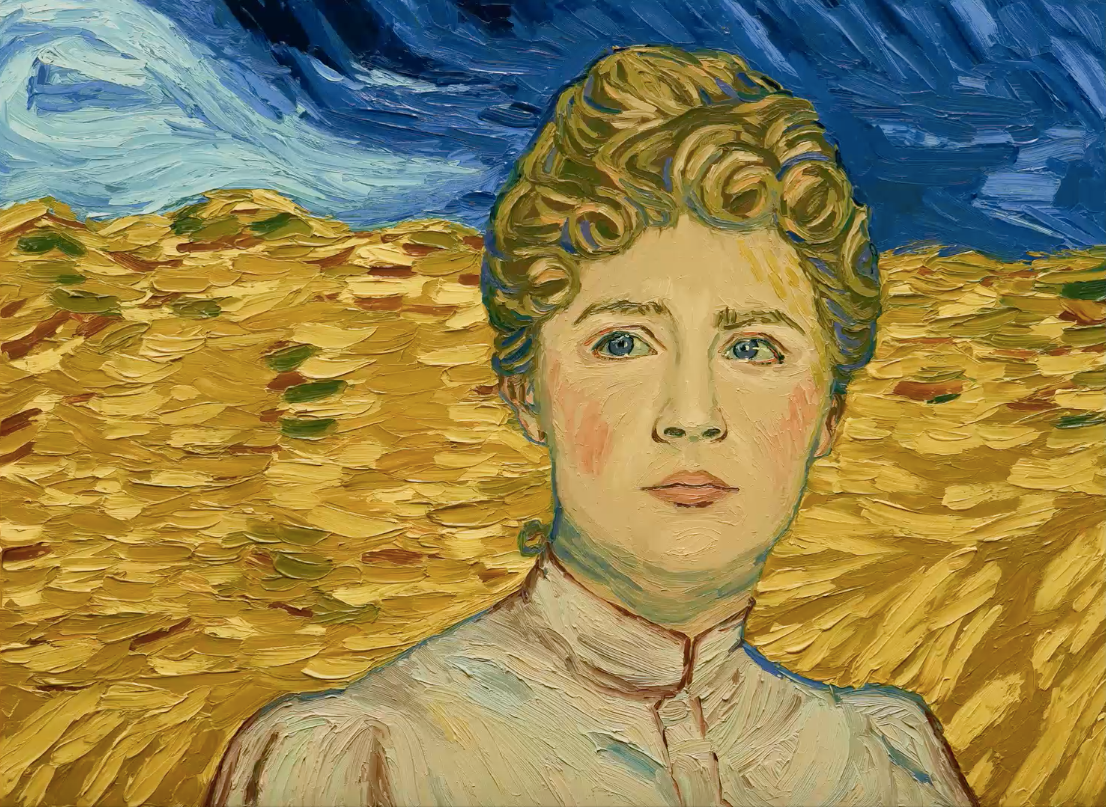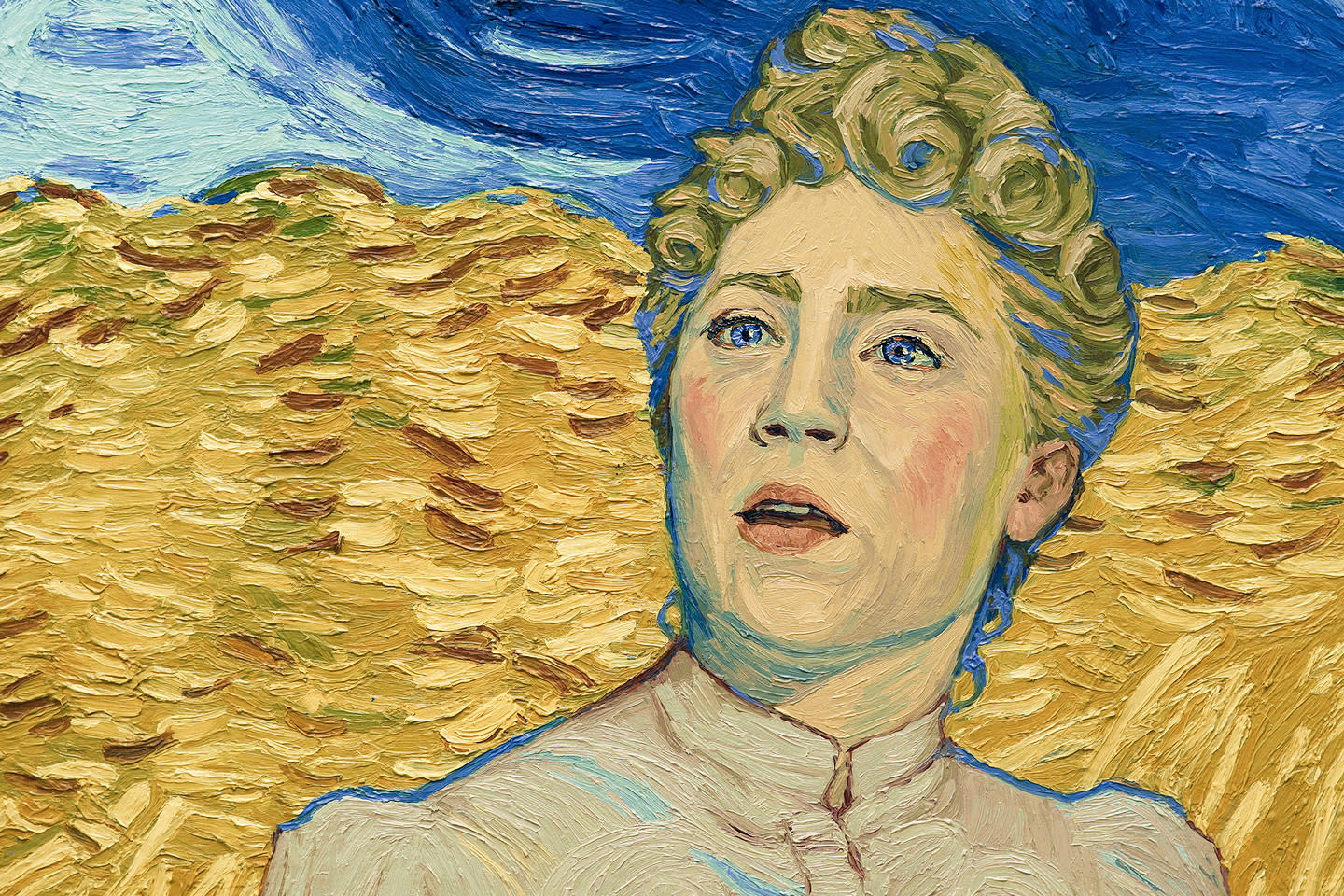
Brief Overview
As curious beings, we tend to ask ourselves why things happen. We try to interpret certain events and how it relates to our behavior. The Attribution Theory is how we explain those things, whether it's to search for understanding, mastery, or control. According to B. Weiner, ability effort, task difficulty, and luck are four factors of achievement attribution. Attributions are classified in three dimensions:
→Locus of Control
∟who caused the event; self or other?
∟internal or external control
→Controllability
∟how much personal control was involved?
∟uncontrollable or controllable
→Stability
∟is event highly stable or is it changeable?
∟changeable or stable
Specific dimensions of primary attributions are as follows:
→Ability
∟locus of control: internal
∟controllability: uncontrollable
∟stability: highly stable
→Effort
∟locus of control: internal
∟controllability: controllable
∟stability: unstable
→Task Difficulty
∟locus of control: external
∟controllability: uncontrollable
∟stability: stable
→Luck
∟locus of control: external
∟controllability: uncontrollable
∟stability: unstable
Causal attributional dimensions can create distinct emotions and then distinct motivation or action. For example, if we exert high ability (internal, uncontrollable, stable), in success of completing the task we will feel pride, but if we fail, then we will likely feel shame. If we feel shame, we may feel unmotivated or unlikely to take action in improving ourselves. Or if we exert low effort (internal, controllable, unstable), in success of completing the task we may feel surprised, but if we fail, then we may associate the dimension with guilt. In this case, if we felt guilty for not putting in effort, then we may try harder the next time or attempt to motivate ourselves in doing better.
Where did van Gogh?
Stunned with new information, Armand Roulin walked out back to the field to digest what Dr. Mazery had said—his death was not a suicide. Armand is struggling in silence, trying to put together the puzzle pieces of this mystery. He exerted a great amount of effort in his search, but was beginning to feel frustrated when he couldn't find the answers he hoped to find. He was caught up in finding answers behind Vincent's death when he himself hasn't answered why he was doing this. At first this all began as a simple task for his father—to deliver a letter—then somehow he made himself an investigator using what little skills he has, interrogating and unraveling the truth. But for who's sake?As curious beings, we tend to ask ourselves why things happen. We try to interpret certain events and how it relates to our behavior. The Attribution Theory is how we explain those things, whether it's to search for understanding, mastery, or control. According to B. Weiner, ability effort, task difficulty, and luck are four factors of achievement attribution. Attributions are classified in three dimensions:
→Locus of Control
∟who caused the event; self or other?
∟internal or external control
→Controllability
∟how much personal control was involved?
∟uncontrollable or controllable
→Stability
∟is event highly stable or is it changeable?
∟changeable or stable
Specific dimensions of primary attributions are as follows:
→Ability
∟locus of control: internal
∟controllability: uncontrollable
∟stability: highly stable
→Effort
∟locus of control: internal
∟controllability: controllable
∟stability: unstable
→Task Difficulty
∟locus of control: external
∟controllability: uncontrollable
∟stability: stable
→Luck
∟locus of control: external
∟controllability: uncontrollable
∟stability: unstable
Causal attributional dimensions can create distinct emotions and then distinct motivation or action. For example, if we exert high ability (internal, uncontrollable, stable), in success of completing the task we will feel pride, but if we fail, then we will likely feel shame. If we feel shame, we may feel unmotivated or unlikely to take action in improving ourselves. Or if we exert low effort (internal, controllable, unstable), in success of completing the task we may feel surprised, but if we fail, then we may associate the dimension with guilt. In this case, if we felt guilty for not putting in effort, then we may try harder the next time or attempt to motivate ourselves in doing better.
Where did van Gogh?
While deep in his thoughts, he met Marguerite Gachet on her way to deliver flowers to Vincent's grave. At this point in the film, the plot is continuing its falling action and is close to coming its resolution. She poked fun at him at first before she shared her truth.
Marguerite confessed that she was not an important part of the artist's life. She was close with him, but not in the romantic sense. She knew Vincent was special but kept her distance from him because she didn't want to be responsible for distracting him from his work. Although her relation to the artist was never clear, there was no denying she admired and respected him in the most intimate way.
"Did you know he was a genius?"
The relationship between Dr. Gachet and Vincent was also unique. Marguerite's father felt a deep connection with the artist and was extremely envious of his talent and pursuit. The doctor had told her to stay away from the artist; she didn't want to be responsible for "preventing masterpieces." Soon after, the doctor and the artist had a big argument. She felt that whatever the argument was between Vincent and her father, a part of her feels she was to be blamed. Armand felt sympathetic after she shared her truth and confided to her that he was certain Vincent was shot by René Sacretan. He felt anger from all the confusion and accusations people were throwing at each other. Someone had to be blamed for Vincent's death; this motivated Armand to look for answers.He was convinced to push the blame on René because finding the truth to the artist's death was what he thought was important on this journey. But Marguerite could only give him a pitied look. He was trapped in his small world. Vincent's life was taken, whether it was by someone's hands or his own. He had no control of what happened in the past, he can't changed what happened to the artist. Armand's feelings were misplaced, but he was beginning to grasp what was important in this journey.
"So lonely, Vincent resorts to hanging around drunken teenagers, and he gets shot. Or, he shoots himself in despair at his lonely life. The result is the same. Either way, instead he could've been at our place painting if I'd behaved differently, if him and my father hadn't argued."
"But don't you care that some bastard may have gotten away with murder?"
—
"You want to know so much about his death, but what do you know of his life?"


Armand knew Vincent was out to prove something of himself, that he was "good for something." In this two-day journey that's slowly coming to a close, he from this conversation that he approached Vincent's death all wrong. He searched for answers to bring the artist's death to justice, but he did not take the time to get to know who he was as a person. Questions upon questions, he felt he failed more than he succeeded, but attributed those failures and misdirections with perseverance.
"That's why I take flowers to his grave. [...] He would appreciate the delicate beauty of their bloom, even each blade of their grassy stems. No detail of life was too small or too humble for him. He appreciated and loved it all."





Comments
Post a Comment